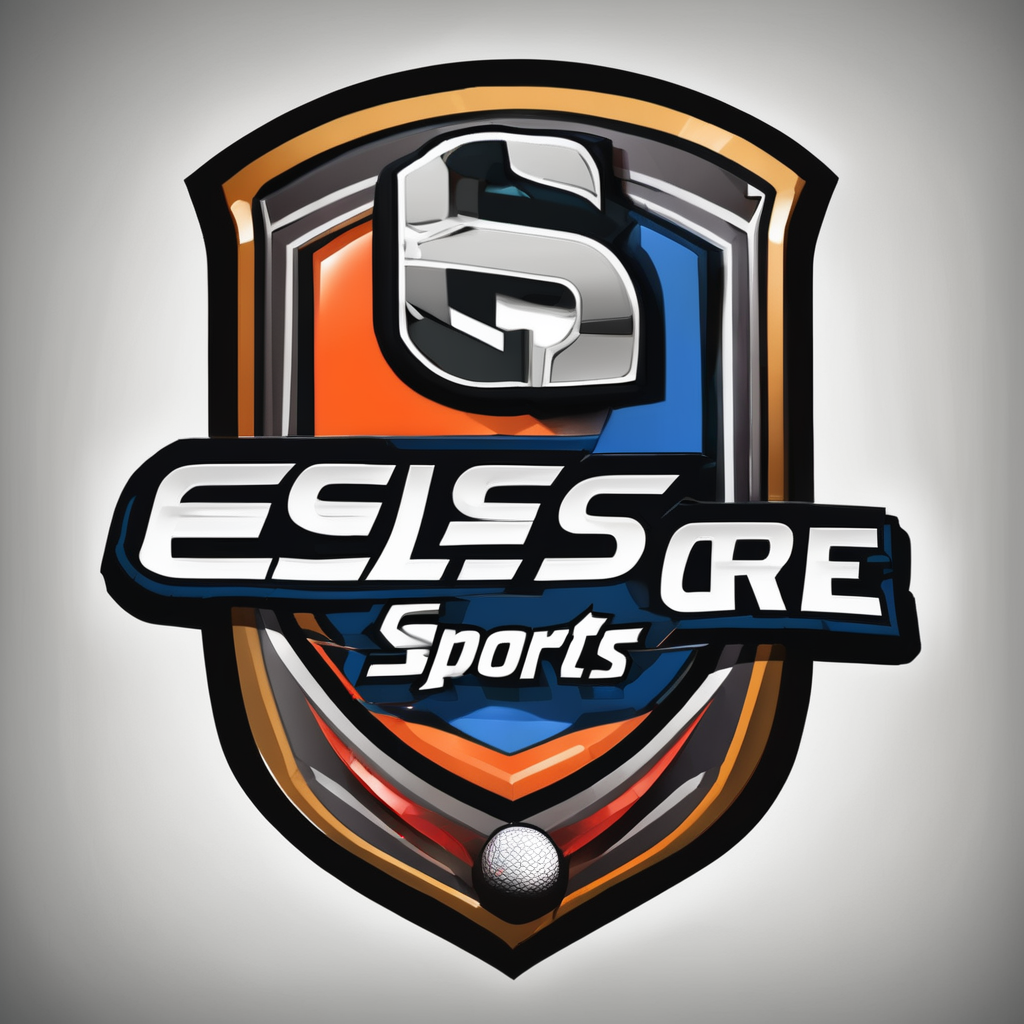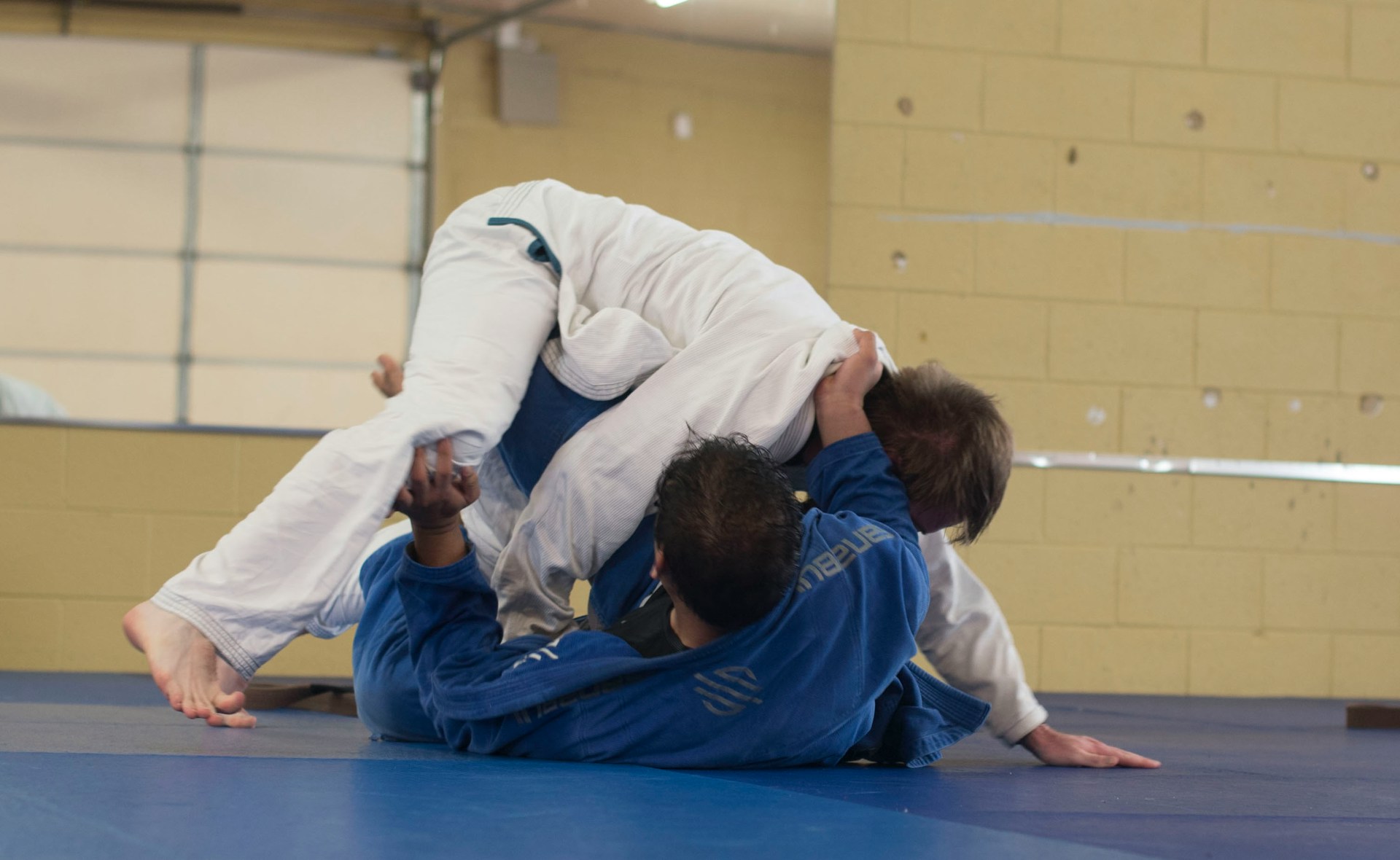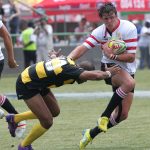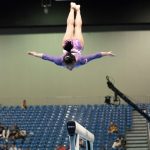In the world of combat sports, athletes are well-acquainted with physical pain. The gruelling training sessions and intense matches can lead to chronic pain that needs to be managed for both performance and quality of life. Traditionally, pharmaceutical methods have been employed, but with growing concerns over side effects and long-term health implications, non-pharmaceutical alternatives are gaining popularity in the UK. In this article, we will explore some of the most effective non-pharmaceutical methods to manage chronic pain for combat sports athletes.
The role of physiotherapy in managing chronic pain
Physiotherapy plays a crucial role in the management of chronic pain for athletes. It uses a range of treatments to help improve mobility and reduce pain levels, allowing athletes to continue training and competing safely.
A lire également : How can UK kickboxers improve their strategic thinking and fight planning?
Physiotherapy is particularly beneficial for combat sports athletes because it focuses on the root cause of the issue rather than simply alleviating symptoms. Therapists work to understand the nature and origin of the pain, then use this knowledge to implement a tailored treatment plan. This can include exercises to strengthen weak muscles, stretches to improve flexibility, and techniques to correct improper biomechanics.
Furthermore, the consistent use of physiotherapy can help prevent injuries that lead to chronic pain. By identifying potential risks and implementing preventative measures, athletes can reduce their chances of suffering long-term damage.
A lire aussi : What are the most effective ways for UK sumo wrestlers to enhance their tachiai technique?
Mindfulness and meditation for pain management
While physical treatments are vital, the importance of the mind in managing pain should not be overlooked. Studies have shown that mindfulness and meditation can be effective tools in managing chronic pain.
Mindfulness encourages athletes to pay attention to their body and their pain in a non-judgemental and accepting way. This practice can help athletes understand their pain better, recognise triggers, and develop coping strategies.
On the other hand, meditation can aid in relaxation and stress reduction. Chronic pain is often exacerbated by stress and tension, so calming the mind can have a positive impact on physical discomfort.
It’s worth noting that both mindfulness and meditation require commitment and practice. Athletes should be prepared to invest time in learning these techniques and incorporating them into their routine.
The impact of diet and nutrition on chronic pain
What we consume can significantly affect our physical wellbeing, including chronic pain. For athletes, a balanced diet that focuses on inflammation-fighting foods can help manage pain levels.
Omega-3 fatty acids found in foods like fish and walnuts are known for their anti-inflammatory properties. Similarly, fruits and vegetables rich in antioxidants can help combat inflammation in the body.
Moreover, maintaining proper hydration is essential for athletes. Dehydration can lead to muscle cramps and joint stiffness, contributing to chronic pain. Athletes should aim to drink plenty of water throughout the day, particularly before, during, and after training sessions.
The benefits of alternative therapies
In recent years, alternative therapies have gained recognition for their potential in managing chronic pain. These include treatments like acupuncture, massage therapy, and chiropractic adjustments.
Acupuncture, an ancient Chinese therapy, involves inserting thin needles into specific points on the body. It is believed to boost the body’s natural painkillers and alter pain perception.
Massage therapy can help relax tense muscles, improve circulation, and promote general wellbeing. For athletes, regular massages can aid recovery and help manage chronic pain.
Chiropractic adjustments can address misalignments in the spine that may be causing pain. Regular chiropractic care can help improve flexibility, mobility, and overall performance.
Incorporating adequate rest and recovery
Finally, ensuring sufficient rest and recovery time is crucial in managing chronic pain. Overtraining can lead to injuries and exacerbate existing pain.
Rest days are as important as training days for athletes. These are the days when the body gets a chance to repair damaged tissues and strengthen itself.
Sleep is also a key factor in recovery and pain management. During sleep, the body produces growth hormones that are essential for tissue repair and recovery.
It’s also worth considering active recovery strategies, such as gentle swimming or cycling. These activities can keep the body moving without putting too much strain on it, promoting healing and reducing pain.
Chronic pain can be a significant hurdle for UK combat sports athletes, but it doesn’t have to be a roadblock. By implementing non-pharmaceutical methods such as physiotherapy, mindfulness, proper nutrition, alternative therapies, and adequate rest, athletes can manage their pain effectively and continue to perform at their best. Remember, a well-rounded approach that considers both physical and mental aspects tends to yield the best results.
The Role of Heat and Cold Therapy
Heat and cold therapies are simple, yet effective, non-pharmaceutical methods for managing chronic pain. It is a testament to the fact that sometimes the simplest solutions can be the most influential.
Heat therapy, also known as thermotherapy, involves applying heat to the affected area to relieve pain. Heat encourages blood flow and improves circulation, which can aid in the healing process. For athletes suffering from chronic pain, heat can be applied in various forms, such as hot water baths, heated pads, or warm compresses.
Heat therapy is particularly effective in treating muscle stiffness, joint pain, and arthritic conditions, which are common complaints among combat sports athletes. It can also play a part in the recovery process after intense training sessions or matches, helping to soothe sore muscles and reduce inflammation.
In contrast, cold therapy, or cryotherapy, involves applying cold to the painful area. This can help reduce inflammation, numb the affected area, and slow down nerve impulses, which can interrupt the pain signals being sent to the brain.
Cold therapy can take the form of ice packs, cooling sprays or even cold water immersion. It is often used to treat acute injuries, such as sprains or strains, as it can help reduce swelling and minimise pain in the immediate aftermath of an injury.
The Influence of Pain Education and Cognitive Behavioural Therapy
Understanding pain is a vital step in managing it, and this is where pain education and cognitive behavioural therapy (CBT) come into play. Both of these approaches work on the psychological aspect of pain, helping athletes to better understand and cope with their pain.
Pain education involves teaching athletes about the physiology and psychology of pain. This can help them understand why they are experiencing pain and what it means, which can change their relationship with pain and help them manage it more effectively.
Further, CBT is a type of therapy that helps individuals change their thought patterns and behaviours. For athletes, CBT can be used to help them develop healthier thought patterns related to their pain, which can have a significant impact on how they perceive and manage their pain.
CBT sessions may focus on helping athletes understand that pain is not always indicative of harm, learning relaxation techniques to manage stress, or developing coping strategies for when they are experiencing high levels of pain.
To sum up, chronic pain management in UK combat sports athletes is a multifaceted issue that can be effectively addressed through a range of non-pharmaceutical methods. The use of physiotherapy and mindfulness techniques, a balanced diet rich in anti-inflammatory foods, alternative therapies such as acupuncture and massage, adequate rest and recovery time, heat and cold therapies, and pain education and cognitive behavioural therapy can all contribute to reducing and managing chronic pain.
These techniques offer a holistic approach to pain management, addressing both the physical and psychological aspects of pain. By incorporating these strategies into their routines, combat sports athletes can continue to perform at their peak while ensuring their long-term health and well-being.
Remember, pain management is not a one-size-fits-all process. What works for one athlete may not work for another, and it can often involve a process of trial and error to find the most effective methods. Athletes are encouraged to seek professional advice and support in their pain management journey.











